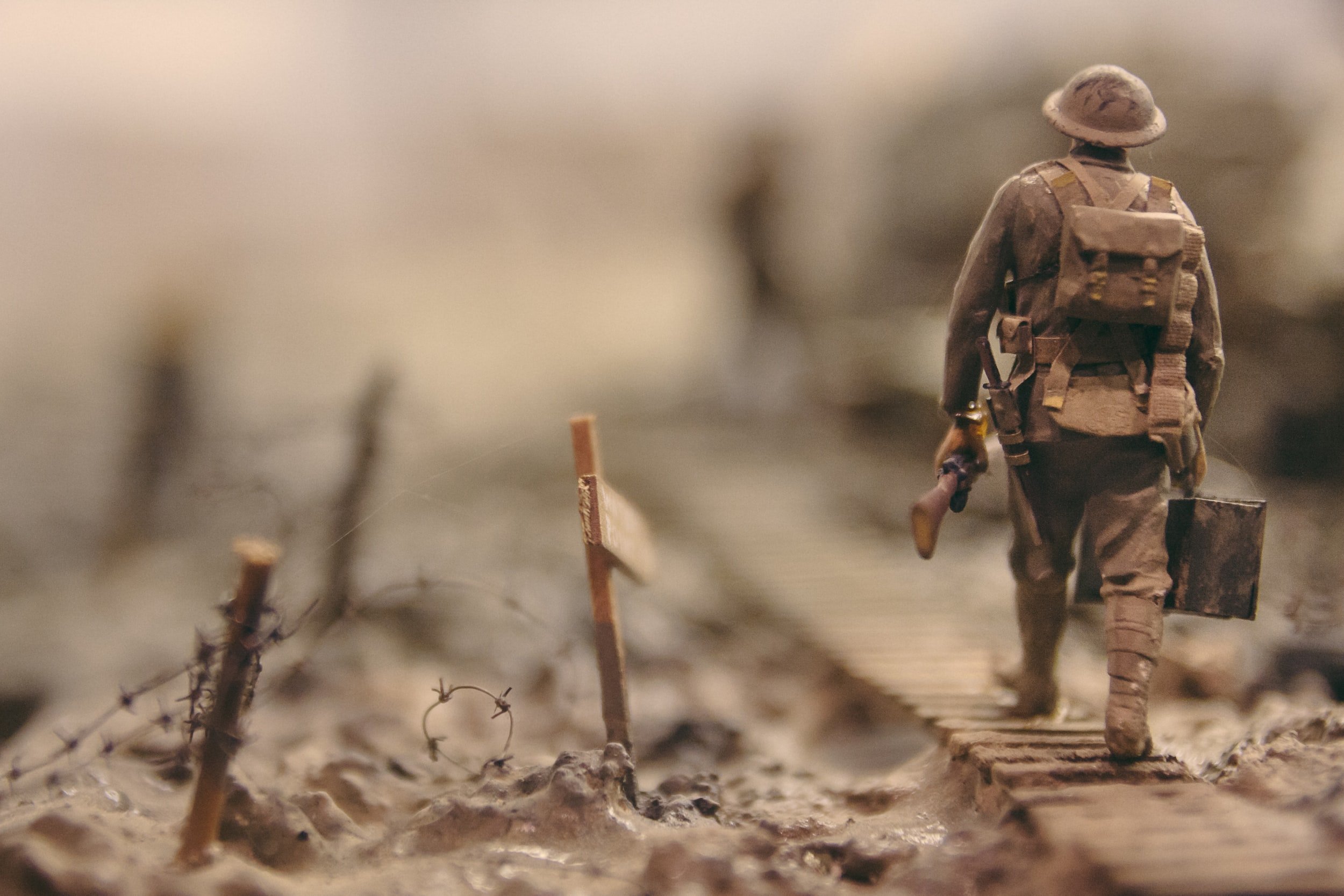
Heritage of International Importance
RAF Wethersfield was first created in 1941 as a satellite station to RAF Ridgewell about 8 miles north west. It started as a grass runway and its believed that Spitfires flew from here during the Battle of Britain. Construction of a the A frame airfield began in 1942 and was due to be handed over to the 8th USAAF in December that year. A shortage of supplies meant it was not ready in time and it was then allocated to the RAF No 3 Group Bomber Command but it was December 1943, before it was completed and it was then reserved for the 9th USAAF.
The main runway being 6,000ft and ancillary runways at 4,200 ft, with 50 loops for aircraft standings and two T2 Hangars, accommodation at various sites south of the flight line for 2,606 personnel in mainly Nissen huts.
On the 1st February 1944 the 416th Bomb Group moved in and took delivery of the first new Douglas A20 Havoc’s to arrive in the UK. Although they flew the first of 140 missions from Wethersfield on the 3rd March it was not officially handed over by the RAF until April 15th 1944. Known as Station 170.
The 416th commanded by Colonel Harold Mace arrived on the 1st February 1944 flying 140 missions before moving to Villaroche, France on 23rd September 1944.
In October 1944, 2 RAF Squadrons 196 and 299 took up residence flying Stirling’s, they were assigned to the First Allied Airborne Army and flew lone night sorties in support of resistance fighters in occupied Europe. They had to move out by January 1945 as the runway was in such a state of disrepair it had to be closed for restoration work.
On the 21st March 1945 the 316th TCG moved in with 81 C-47s, to take part in Operation Varsity (crossing the Rhine).
After that mission, RAF Wethersfield was put into a state of Care and Maintenance and no other Operational Flying Units were based there from March 1945 to 1952.
In the Summer of 1952, with the start of the Cold War and increase in strength by the US 3rd Airforce in Europe, RAF Wethersfield was re-activated and became home to the 20th Fighter Bomber Wing.
From 1970 to 1979 although the USAF 3rd Airforce remained at Wethersfield it was essentially back to care and maintenance, the primary caretakers being The 66th Tactical Reconnaissance Wing, from Upper Heyford which was inactivated and elements were moved to Wethersfield. As a result, Wethersfield became a Dispersed Operations Base until June 1970, when the base mission was changed to that of Standby Deployment Base, ready to support augmentation forces if directed.
The Red Horse left Wethersfield in 1990, and with them a community disappeared, local papers at time the report a loss of £6m to the local business’s. The 819th produced a book to commemorate the event.
The 819th, along with the 2166th Communications Squadron, were the main units at Wethersfield until the USAF returned the base to the British in 1990 due to budget cutbacks. The 819th was inactivated in February, while the 2166th remained active until June 1992. The base was handed back to the Royal Air Force at a ceremony on 3 July 1990 and Wethersfield was once again placed under care and maintenance status.
The museum was founded in 2015, it evolved from the request of the Chief Constable Ministry of Defence Police to retired Chief Inspector Ross Stewart to host primarily American visitors to the Airbase. At least one group a week would turn up at the gates, not surprising as over 4000 GIs married local girls and have reached an age where they want to show their children and grandchildren where it all began.
The museum opened on the 3rd Sunday of every month until October 2021, hosting around 2000 visitors. The museum is currently closed pending a decision by the MOD on supplying or renting a building to the Wethersfield Airfield Museum Volunteers.






